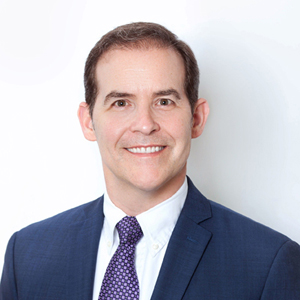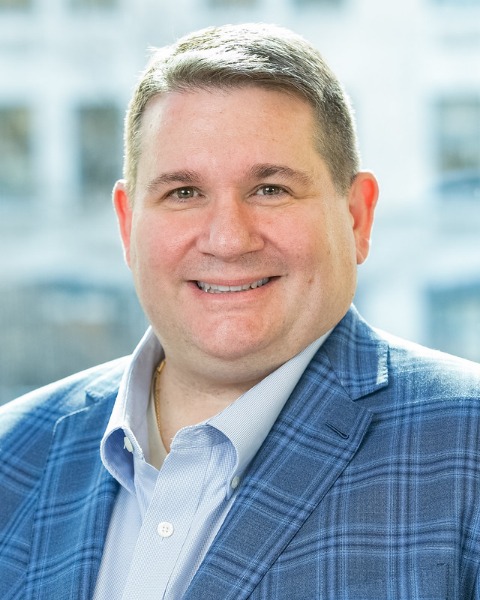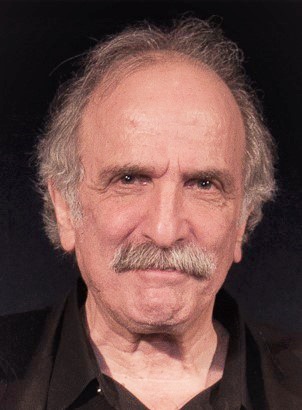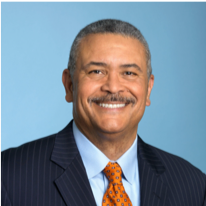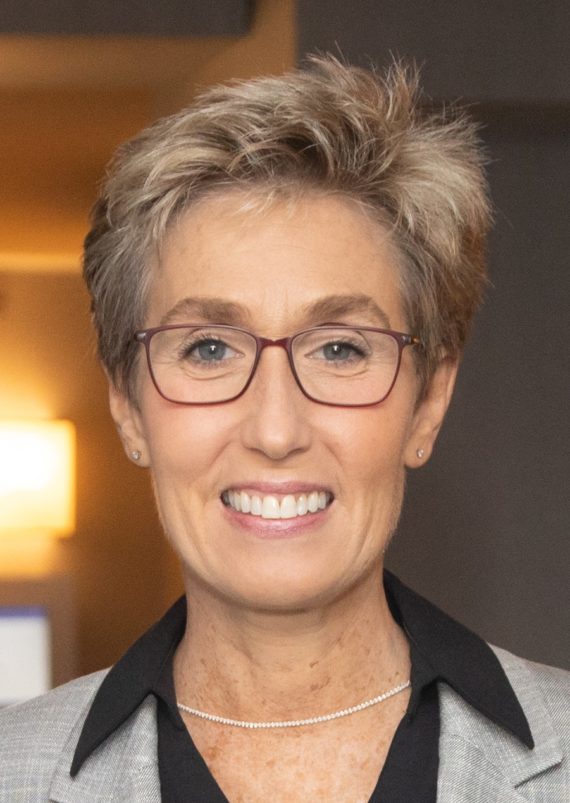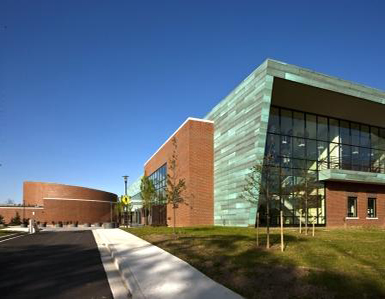
(1-19-22) A new Covid related issue involving patients at St. Elizabeth’s Hospital in the District of Columbia has surfaced. The hospital was successfully sued in 2020 after 14 deaths and 100 infections caused by Covid. Federal Judge Randolph Moss noted that “roughly one out of every twenty patients has died and more than one out of every three patients have been infected” and found that there is “an imminent risk to [patients’] health and well-being, and the consequences of contracting the virus are irreparable.”
Now, questions are being raised about whether hospital administrators have gone from not doing enough to doing too much by keeping patients locked on wards for long quarantine periods.
With rising Covid infections, the hospital adopted a color coded system to control Covid spread.
All patients and staff are now tested weekly, although patients can refuse. If a patient tests positive, the unit where that patient is housed is labeled red. If a staff member tests positive, the unit is labelled yellow. In both situations, the unit is put on a full 14-day quarantine.
